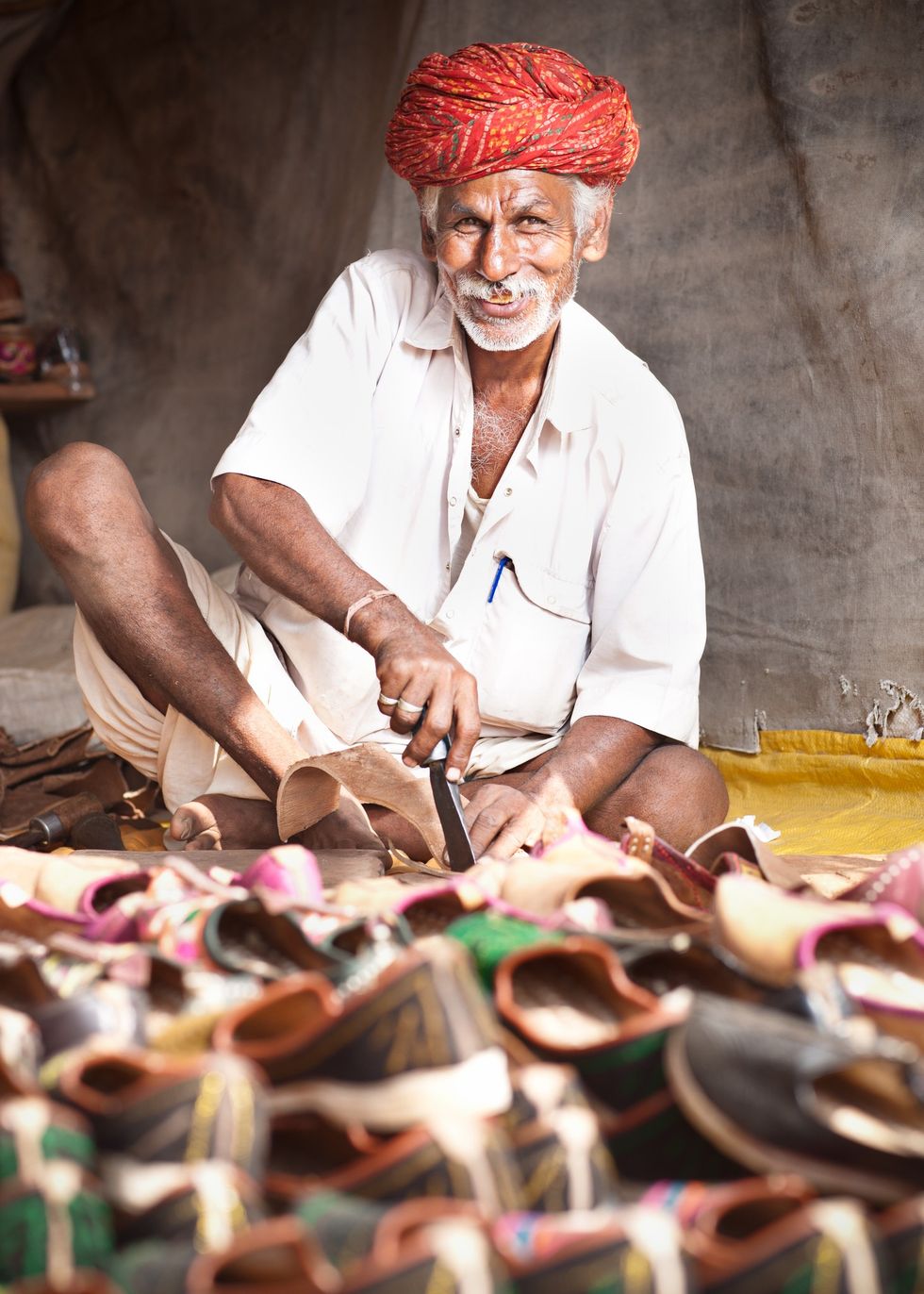SUPERMARKET Asda’s food offering – especially halal ranges – are popular during Eid festivities and many families enjoy browsing the selection of different meat on offer.
Parveen Ashraf, a celebrity chef, and television personality, enjoys cooking meat for her
friends and family.
Her favourite part of Eid celebrations is the “smell of sweet cardamom in the morning combined with the aroma of garam masala coated over the lamb chops at eight in the morning.”
Parveen’s childhood memory of the sweet and spicy aromas filling up the house are re-created using seasoning as well as the ethnic meats which can be found freshly prepared every morning from Asda.
Khadija, a mother of two who is originally from Pakistan, said “the atmosphere of celebrating Eid in Pakistan is different in the UK. It’s like celebrating Christmas, everyone is together, and it is a big holiday.”
She remembers applying henna ahead of Eid and her father bringing fresh bread home each morning from the bakery. This ritual inspired Khadija to make her Eid here with family just as festive and as special as it was in Pakistan.
She makes traditional seviyan kheer (vermicelli kheer), enjoyed by family and friends.
She said: “I buy more here from my local Asda as there is more range especially with world spices which I couldn’t get in Pakistan.”
The variety of food available in Asda also resonates with Ayesha Baig. As a modern and busy mum, Ayesha spoke of her love for different foods, but not having to shop for everything last minute.
“That is the good thing about Asda. Even when you’re doing last minute shopping, you will always find what you are looking for to make Eid special for adults and children, and I have a big family!” she said. Baig’s family enjoys dishes such as biryani, kebabs, and chutneys with fruits and trifles.
“If I visit someone’s house, I would take traditional Indian sweets with me. For example, the Royal Gulabjam is beautifully displayed in a festive orange box in Asda so that is always nice to give, and at a good price!”





 Prada confirms Kolhapuri chappals inspired its 2026 Milan collectionInstagram/
Prada confirms Kolhapuri chappals inspired its 2026 Milan collectionInstagram/ Kolhapuri chappals have been crafted for centuries and received GI tag in 2019 iStock
Kolhapuri chappals have been crafted for centuries and received GI tag in 2019 iStock 








 Wintour also became synonymous with the Met GalaGetty Images
Wintour also became synonymous with the Met GalaGetty Images


 Your hair benefits from sun protection tooDimps Sanghani
Your hair benefits from sun protection tooDimps Sanghani Both chlorine and saltwater strip hair of natural oils, leaving it brittleiStock
Both chlorine and saltwater strip hair of natural oils, leaving it brittleiStock Using too many styling products in hot weather can weigh hair down and attract grimeiStock
Using too many styling products in hot weather can weigh hair down and attract grimeiStock